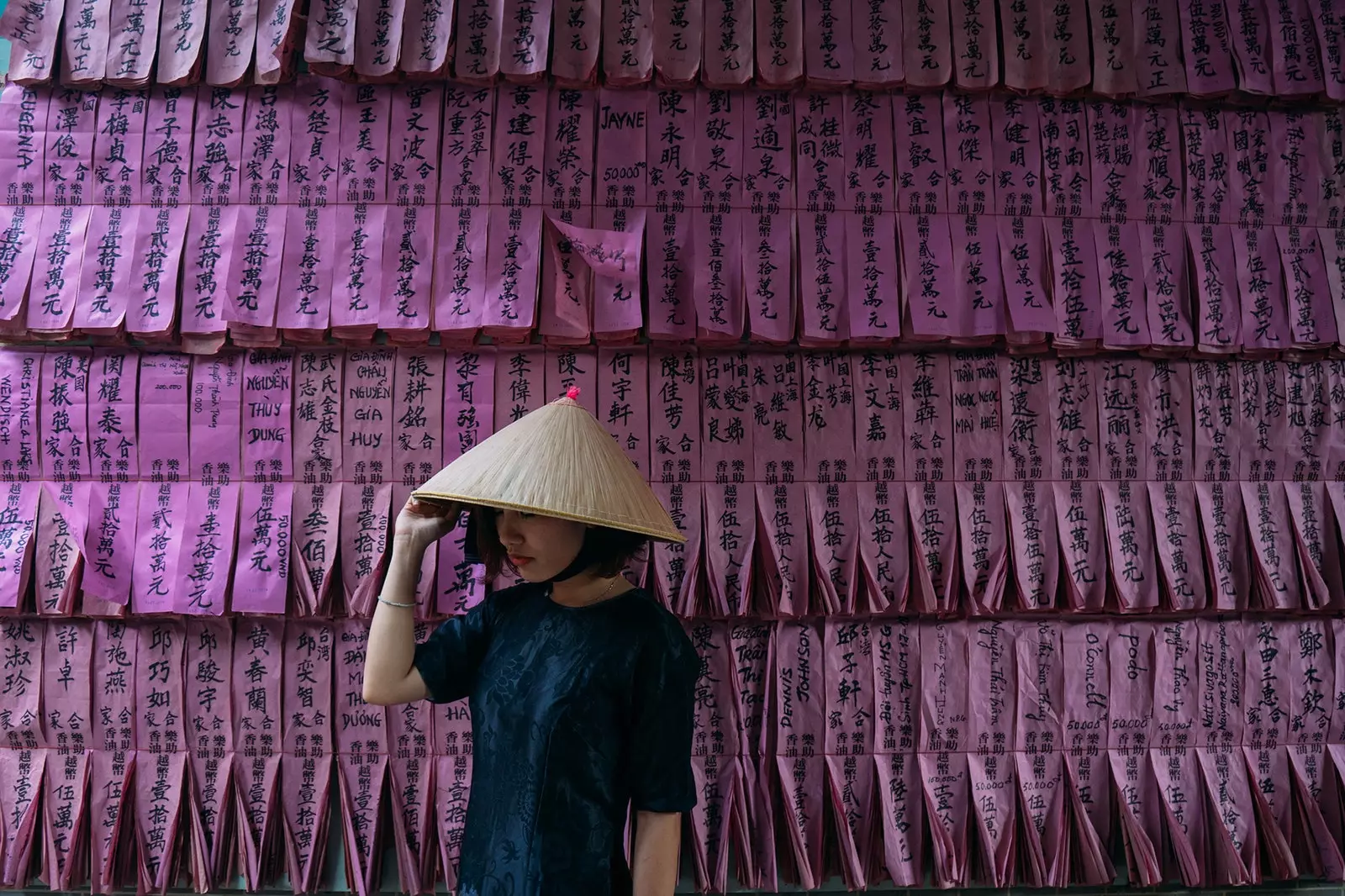
Hoi An and its thousand colors
Until the 19th century, Vietnamese, Japanese, Dutch, Portuguese, French and Spanish lived among its streets, doing business thanks to the richness of the river that crosses it.
Today, and after the sedimentation of the Thu Bon , the situation in Hoi An has changed, but it is still the most beautiful city in vietnam, Heritage of humanity by unesco and a place where cultures mingle in its streets illuminated by colored lanterns. Let yourself be captivated by its beauty.
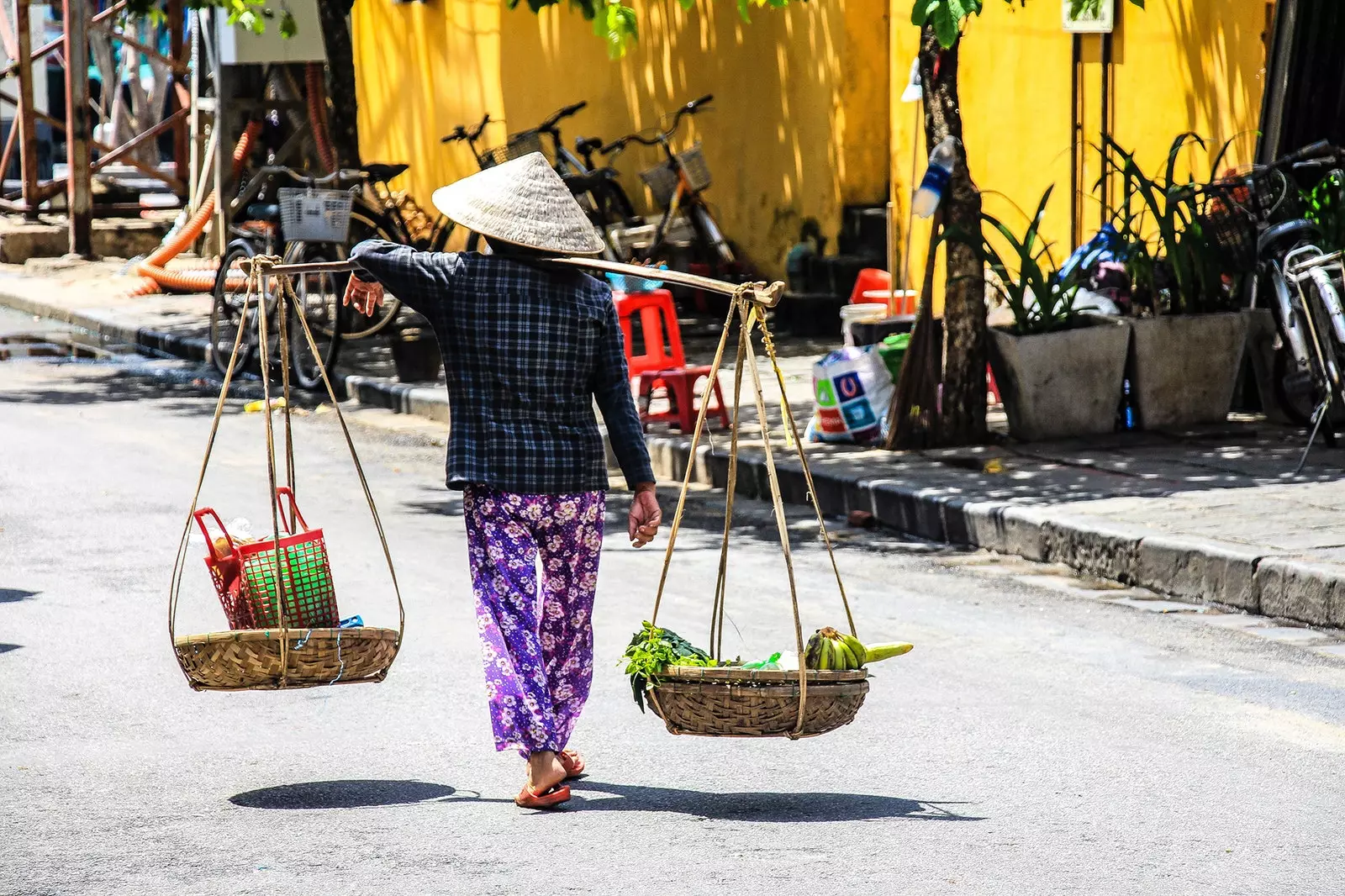
Hoi An, a jewel in the center of Vietnam
Located in the central vietnam , on the coast of the South China Sea, Hoi An fascinates with its beauty, but also exudes history and culture from all its pores . And no wonder, Hoi An began life in the 1st century, when it was part of the Champa kingdom, and was then known as **Lam Ap Pho (Champa Town)**.
For it to become the historic city with beautiful wooden streets that it is today, we have to go to the century XVI . It is at this moment when, thanks to the wealth of the Thu Bon River , with all the commercial possibilities that it brought, merchants from different parts of the world settled here. A) Yes, Chinese, Japanese, Dutch or Portuguese, they tended to spend the months of better weather here, attracted by the incredible beauty of this river port.
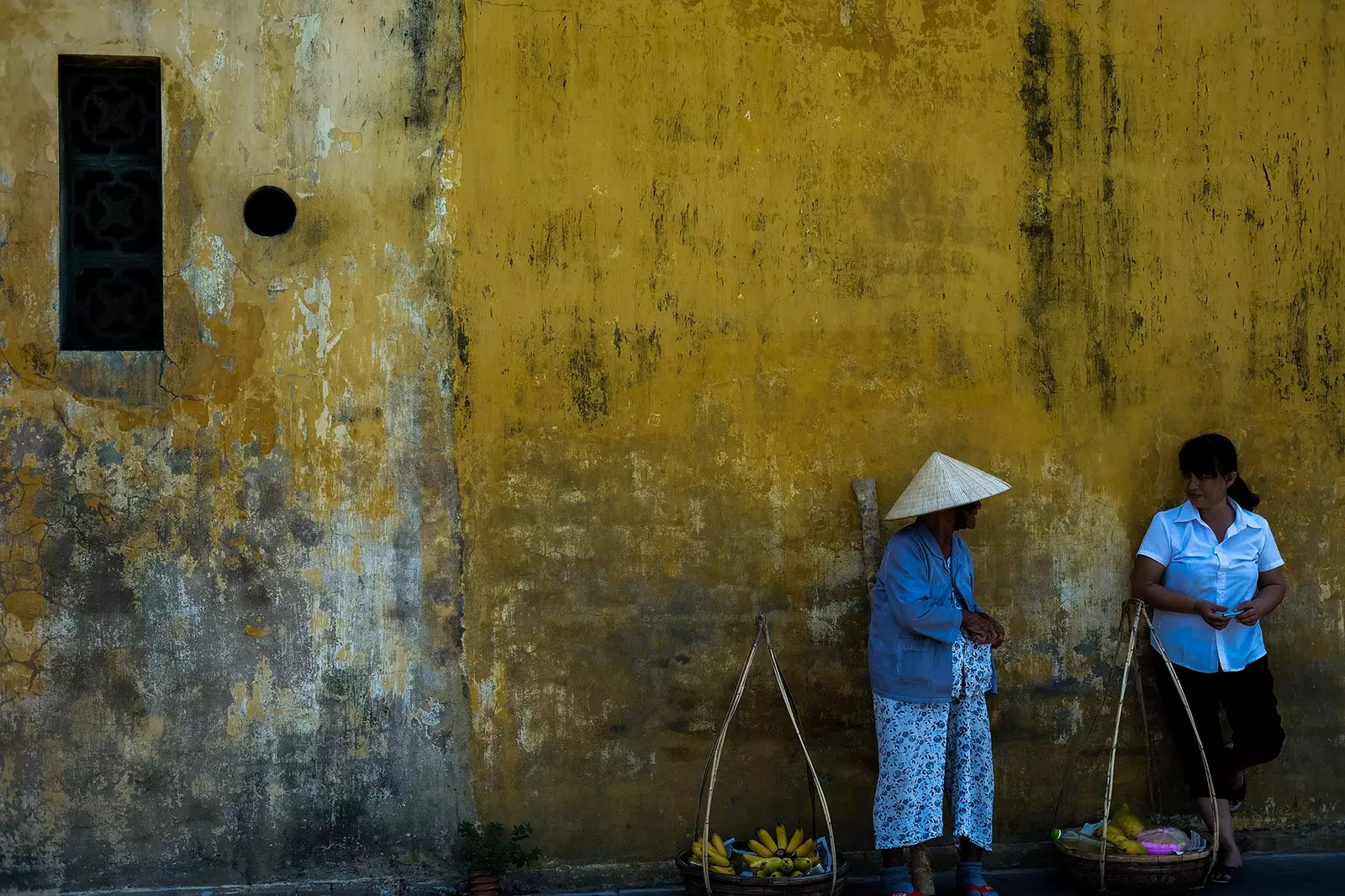
The colorful streets and houses make Hoi An a must-see destination on your Vietnamese trip
During this time, the city would be called Hai Pho, or Faifo , as the European settlers called it. There are still numerous vestiges of this period in the form of houses or other types of construction such as the famous japanese bridge , the only one of its kind that ends in a Buddhist pagoda.
However, the Hoi An's golden age would not last long , and in the 18th century, with the drying up of the river, on the one hand, and the prohibition to continue doing business with foreigners, on the other, it would no longer be possible to trade as they used to, and the city stagnated.
Despite everything, and partly thanks to the economic slowdown in the city, the beauty of the historic area of Hoi An was saved from oblivion and abandonment, and today **is one of the most famous tourist centers in Vietnam **, with which its air of a small multicultural town remains intact.
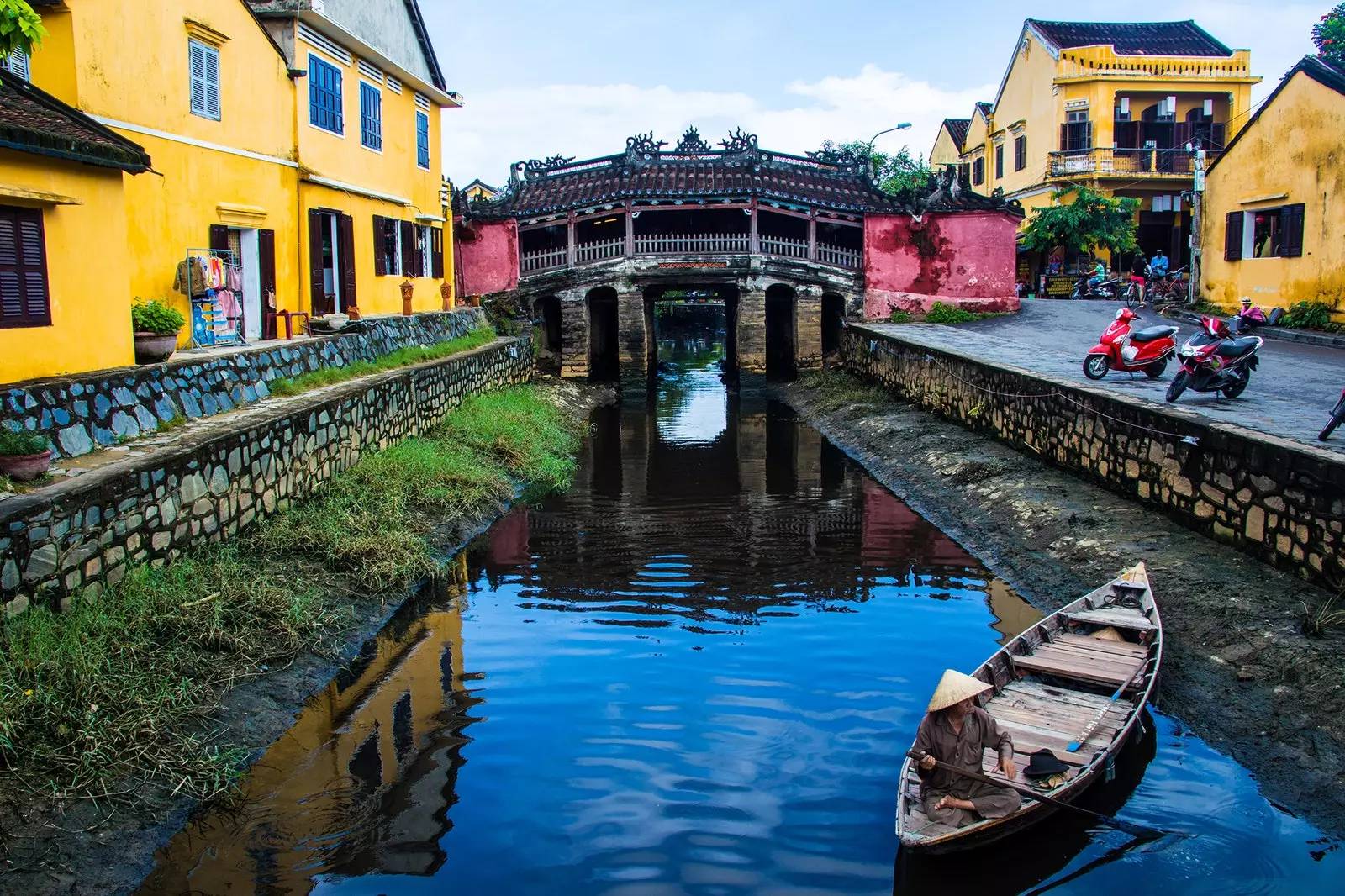
Japanese bridge in Hoi An
WHAT TO DO IN HOI AN?
The best of Hoi An is, without a doubt, stroll slowly , enjoying the beautiful constructions that flourish in all its nooks and crannies.
Although it is true that its streets are usually full of people, especially tourists, it is no less true that, even so, the visit to the city is still worthwhile.
Hoi An is life and color, and not only because of the lanterns that illuminate it at night, but also because of the houses that surround it. Although entering the old area of Hoi An is free, there is the possibility of buying a ticket that costs **120,000 VND (about 4 euros) **, and that is used to visit five of the city's historic attractions (in total there are 18 buildings that can be visited). The options appear very detailed on the map, so it is advisable to read it well and Choose what most attracts your attention.
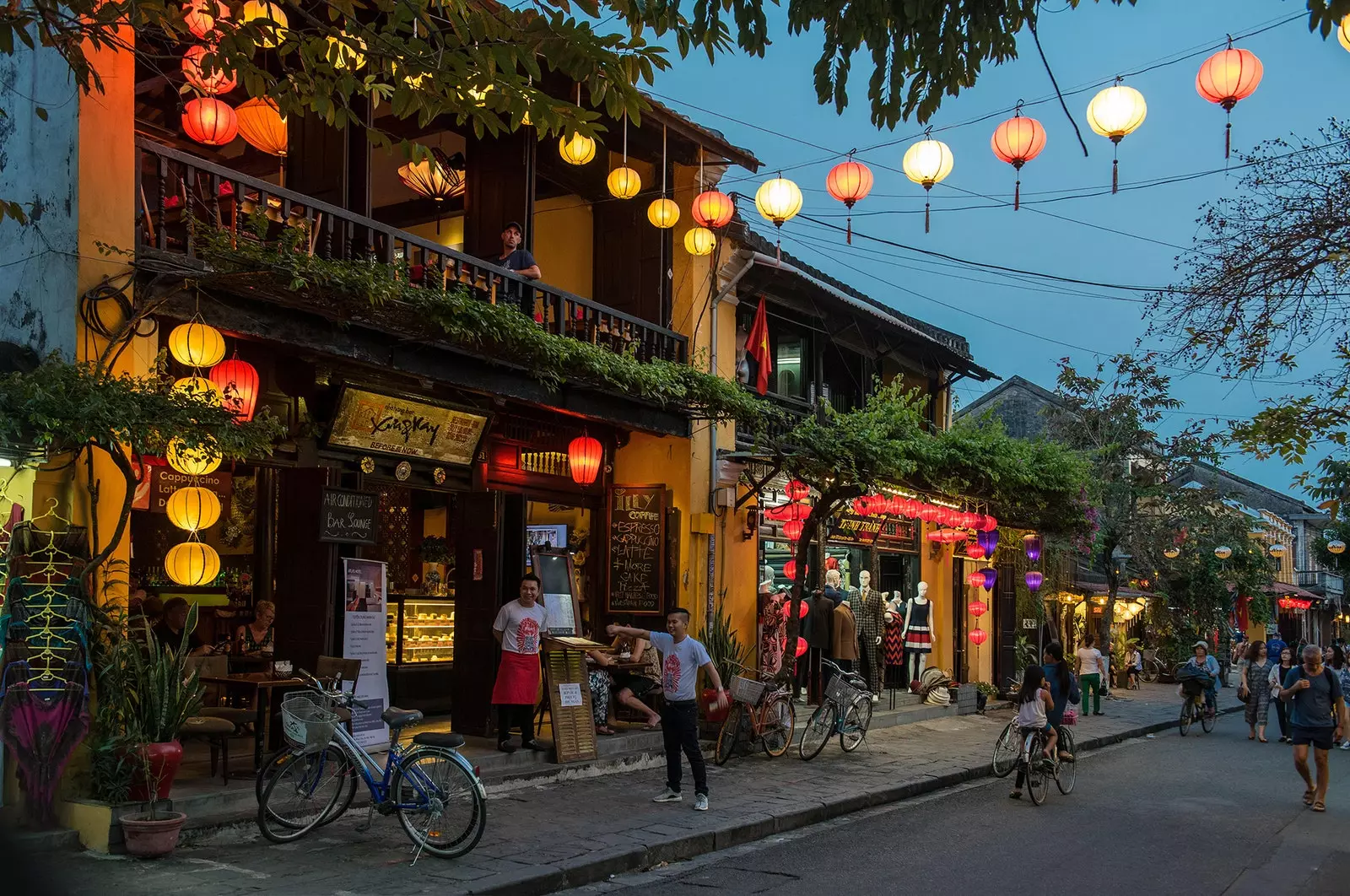
Hoi An and its night lights
Among the places that are most worth visiting are: the Hoi An central market , a bustle of vendors, buyers, smells and colors that will be difficult for you to forget; the famous Japanese covered bridge, that once separated the city into two parts, built in the 1950s with a roof so that people could shelter from the sun and rain, and whose image is now found on the 20,000 VPD bills; Quang Cong temple , dedicated to the famous and brave warrior, where the inhabitants of Hoi An go to pay tribute to his ancestors, and some of the historic and traditional houses and shops , in which the multicultural past of the city is reflected, with an architecture that mixes the Vietnamese style, with the Japanese, Chinese or European.
Its inner courtyards, ancient figures and structures where they are combined ying and yang they are worth visiting.
In most of them, the descendants of the former owners still reside, and they are happy to teach you about their family history and treat you to some tea. Of course, they will also ask you to buy something, but this is not mandatory.
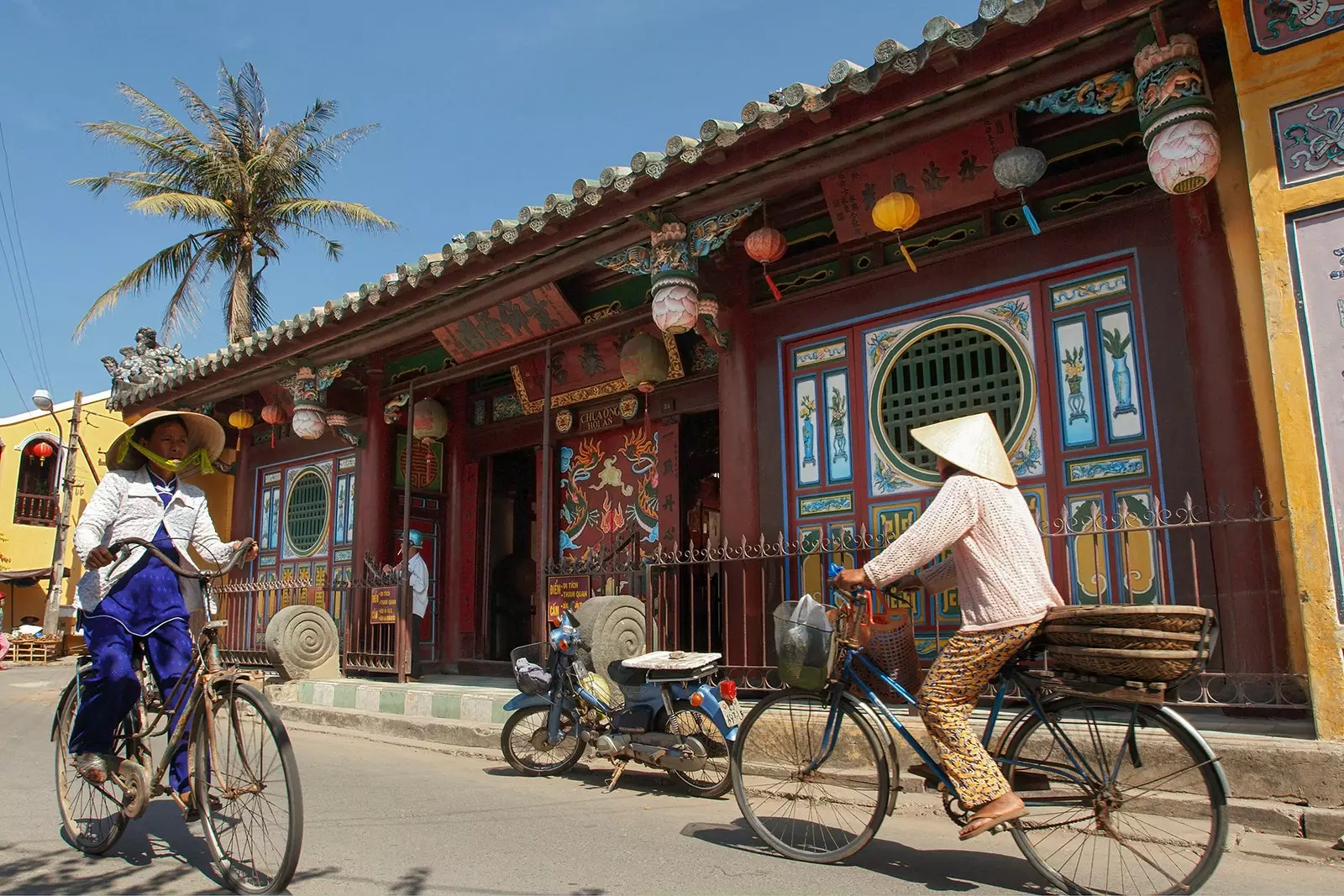
Quang Cong Temple
When evening begins to fall, the best thing to do is go to the river and take a walk along its banks.
You can also take a boat and see the city as sailors saw it centuries ago. Once the night closes in In the streets of Hoi An, the lanterns light up , and what was already a magical city in itself, acquires a mysticism worthy of an oriental legend.
Now it only remains to have dinner in one of the multiple restaurants overlooking the river , where you can taste meals that combine typical dishes from different parts of the world, another sample of the incredible past of this small commercial city.
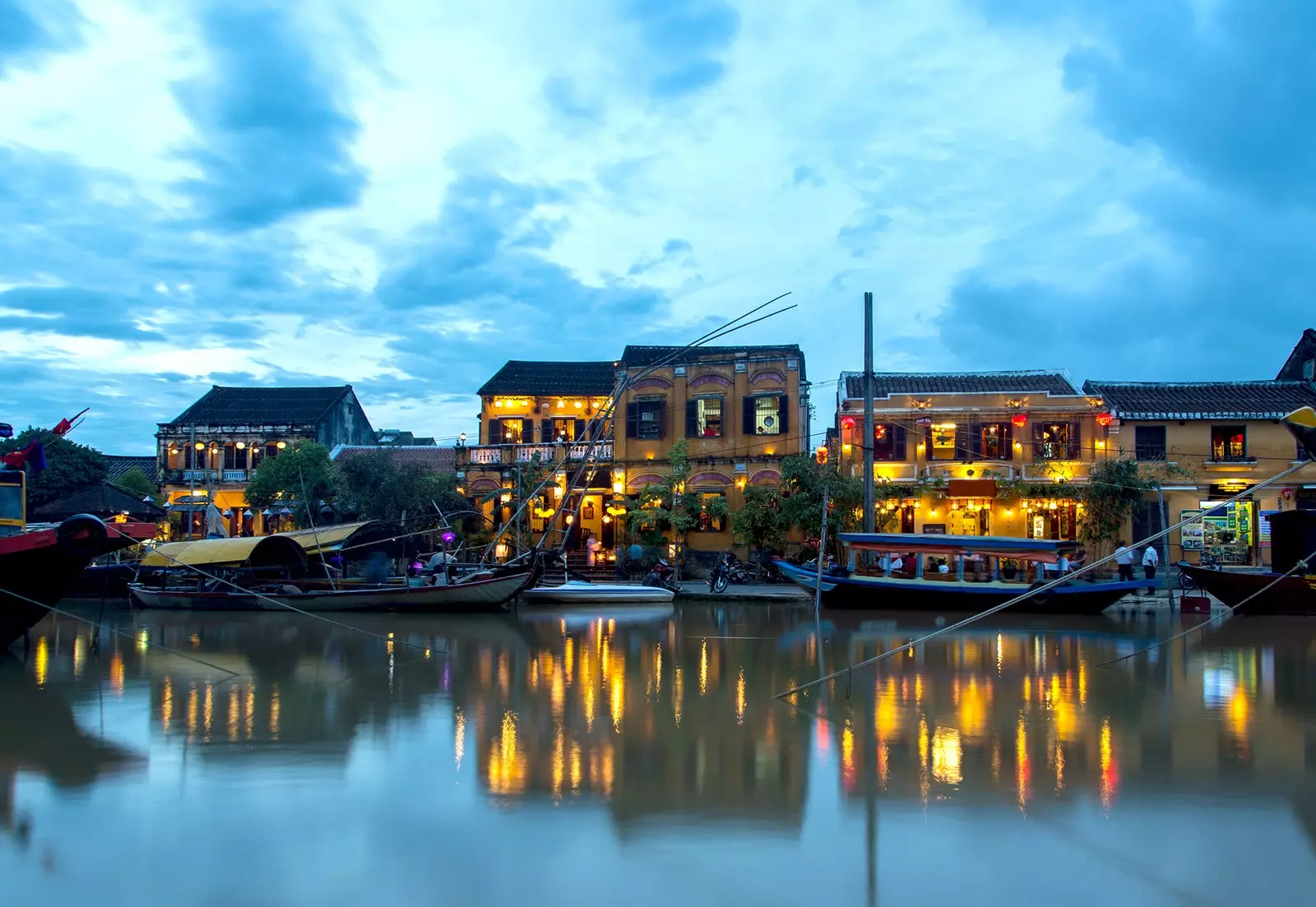
The banks of the river hide panoramic views like this one
However, if what we want is to stick to the Vietnamese food We cannot leave Hoi An without trying the Cao Lau , either Hoi An secret noodles; the banh mi , sandwich considered the richest in the world; or the My Quang , another type of noodle dish from the area.
If we sleep in Hoi An, which is highly recommended, the second day can be used to visit the multiple shops in the historic area.
Hoi An's commercial area specializes, above all, in tailors and dressmakers , whose creations are world famous. If you bring them an image of the suit you want, they will make it identical and in just 24 hours. Of course, you can also buy lanterns, souvenirs and unique creations of the many artists that populate this historic city.
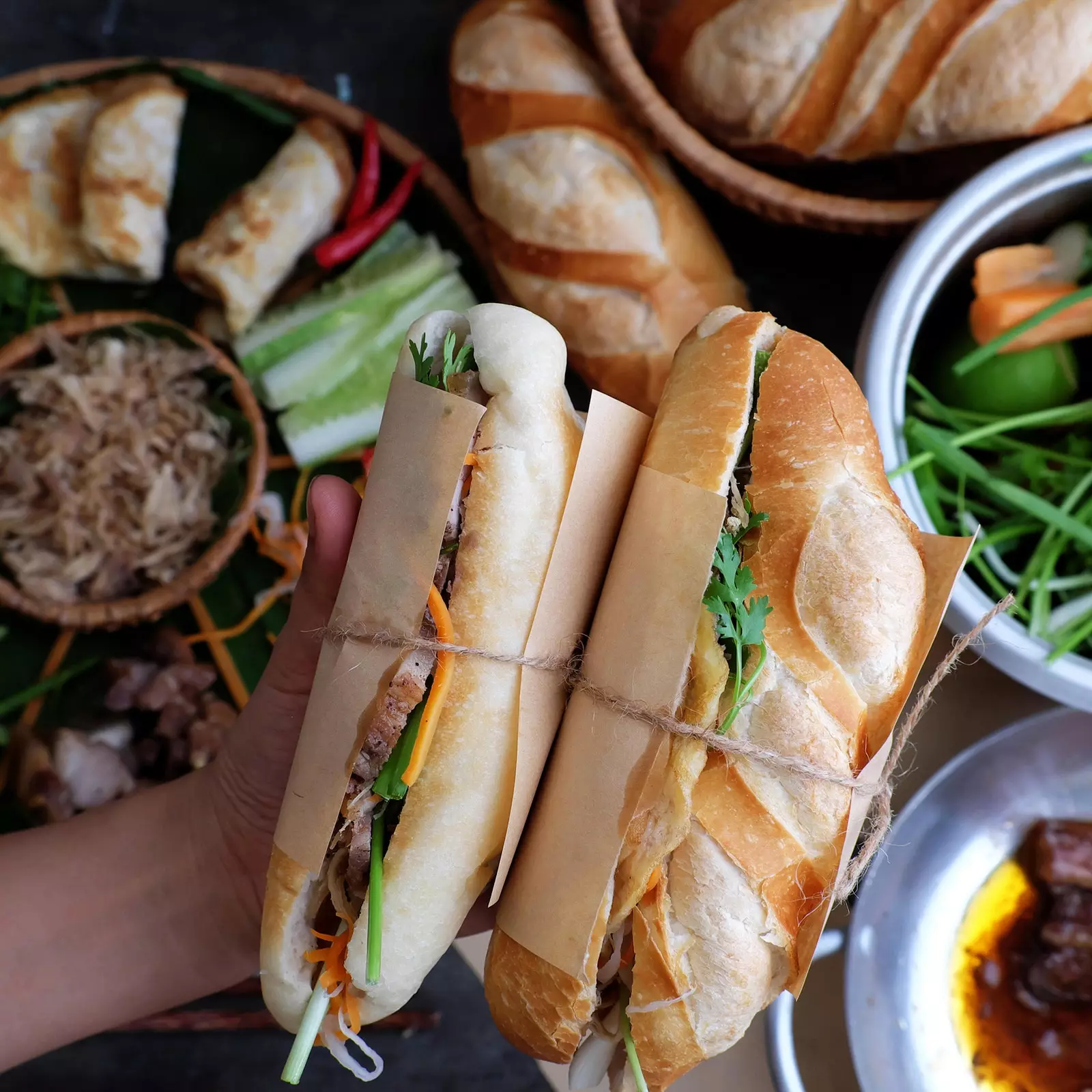
Banh Mi, the Vietnamese snack
If we still have the will and the time, what better way than to go to the coast of the South China Sea and enjoy some of the vietnamese beaches.
If Hoi An was colors, life and magic, its sea coast is calm, beauty and sounds of nature. Also, Watching Vietnamese fishermen at work is also a unique experience.
So, don't hesitate, come to this city that seems preserved in time and let yourself be guided towards a magical world following its many colored lanterns.
To finish, you can make the wish to return, lighting a paper lamp and letting the current of the wind take it away. thubon River, the stream that saw the birth of this city without equal in Southeast Asia.
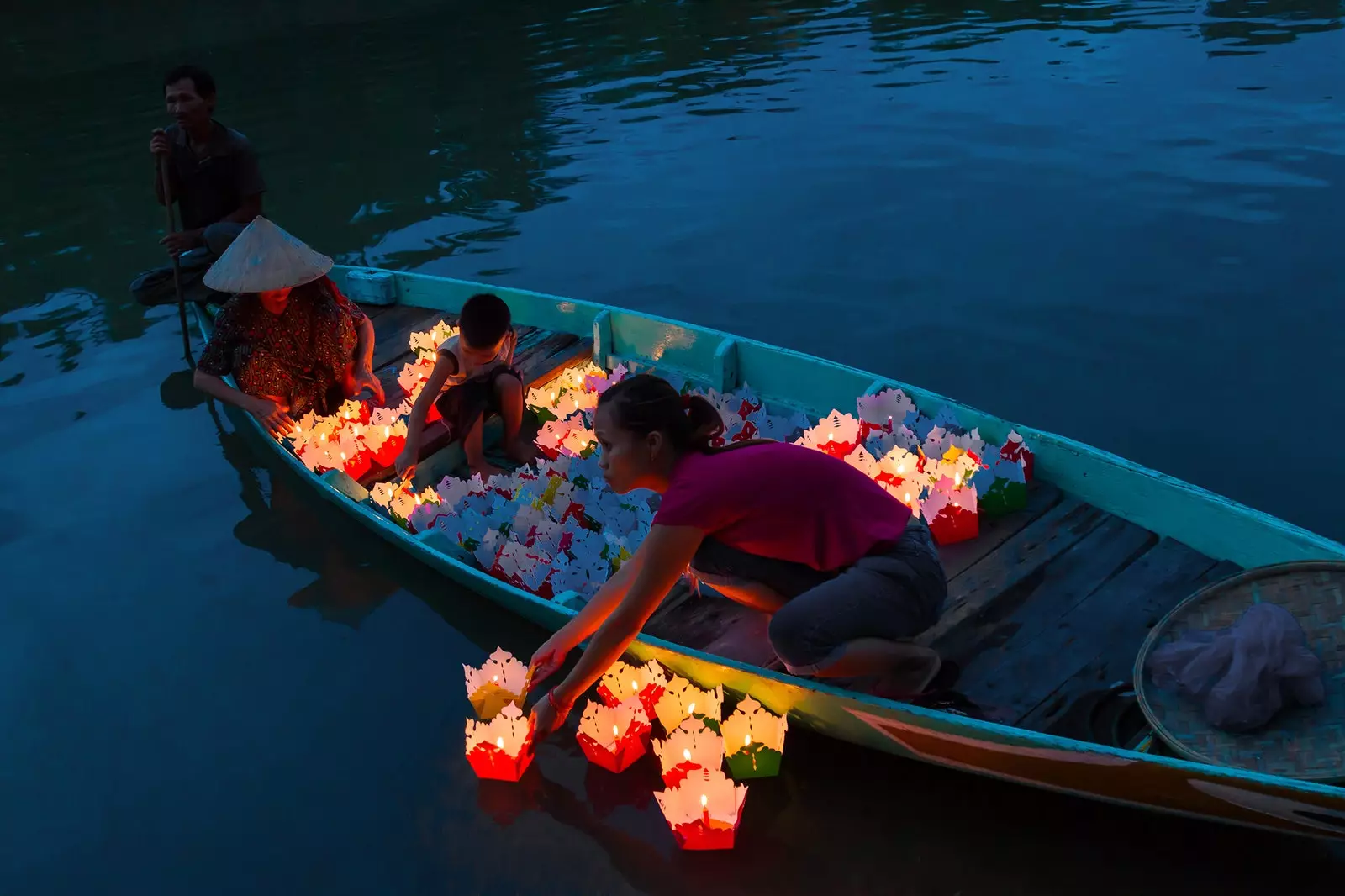
Lanterns are part of daily life in Hoi An
